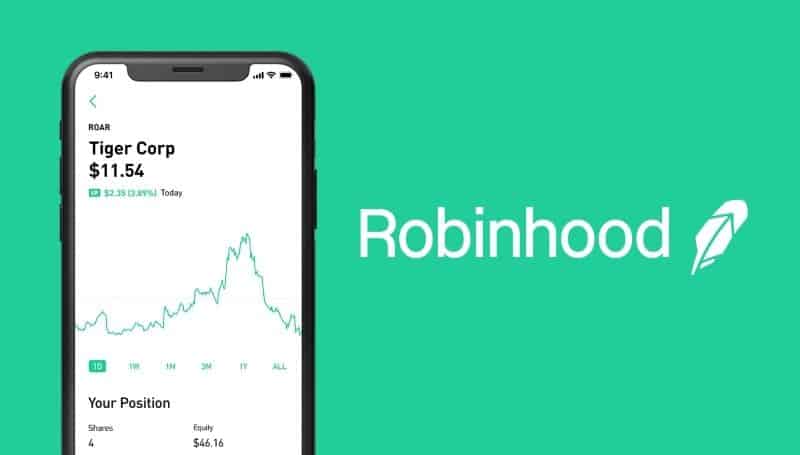Renaming Your Brand Stress-free

Renaming your brand is one of the toughest, most complex and important things that you can do. You can bet that you will experience more passion and opinion applied to choosing your new name than most decisions your organization makes. Whether your need for a name is the result of a merger or acquisition, an eagerness to express a brand modernization, or a symbol of a shift in business strategy, it can be one hell of a journey. Along the way, you’ll feel every emotion from excitement and optimism to fear and anguish.
 We’ve heard clients describe the importance and difficulty of renaming a brand akin to naming a child. Now that I’ve both led corporate naming projects and, happily, named my new son, I can report that naming a child is much easier. While they both can seem painful, they are very different. A child has a lifetime to grow into their name; a brand needs to immediately satisfy the significant internal and external expectations people and stakeholders have of it. And while your parents may have gotten upset that you didn’t name your son after Grandpappy Eugene, their stock didn’t lose hundreds of millions of dollars in value because you chose differently.
We’ve heard clients describe the importance and difficulty of renaming a brand akin to naming a child. Now that I’ve both led corporate naming projects and, happily, named my new son, I can report that naming a child is much easier. While they both can seem painful, they are very different. A child has a lifetime to grow into their name; a brand needs to immediately satisfy the significant internal and external expectations people and stakeholders have of it. And while your parents may have gotten upset that you didn’t name your son after Grandpappy Eugene, their stock didn’t lose hundreds of millions of dollars in value because you chose differently.
Learn More: 11 tips for creating a new brand name
Given there is a lot on the line when renaming your brand, what are some of the things you can do to ensure confidence in the naming process and result? While I can’t promise it’ll be a stress-free experience, I can promise that if you follow these three tips, your process will go much smoother.
Three ways to take the stress out of renaming your brand:
1. Figure out what you stand for before you try to name it
Aligning on your brand’s strategy, the reason you exist at all, prior to starting naming is the most important thing you can do, and where the process should start. The brand strategy can, and should, be used to help make all critical decisions about your brand, especially deciding on a new name. Simply put, the direction of your brand will help inspire the types names you explore.
For example, if you want to stand out in your category as a transformational leader, maybe you are drawn to names that are bold and strong. Or, if your direction is about helping people, maybe you pick something warm and approachable.
The importance of this step isn’t only that you have solidified your purpose, values, personality or experience; it’s that you’ve gone through the process of vetting the essence of your brand into a clear, powerful idea around which your internal stakeholders have aligned. This becomes quite literally priceless when you begin conversations that have wide ranging impact on your brand such as moving into a new category, acquiring a new company, developing a new product, and of course, what name you choose.
2. Invest in the naming brief to lead you to the right types of names.
The development of a strong naming brief, rooted in your brand strategy, helps create clarity of what’s in and what’s out when it comes to the types and variety of names considered. Will you consider exploring names that are rooted in real words but are abstract or suggestive given your category? Or will you consider names that are closer in and descriptive of the industry you are in? The combinations of name types to consider are nearly endless.
The strategic brief helps rally your team around common themes and directions making the selection process easier, giving you another point of reference to consider (like the brand strategy) when assessing which names to advance. When developing the brief, consider using a smaller, more intimate group and socializing it with broader stakeholder groups to finalize. A smaller team helps provide focus in this critical step and builds trust into the process. Using your strategic naming brief to align on you and your team’s preference will be paramount to focus the efforts and save time, money and stress.
3. Use an objective lens to confidently select a name.
When it comes to assessing names, it’s natural to rely on personal preferences to determine what “fits.” However, that approach is fraught with peril. As we established earlier, everyone will have an opinion when it comes to names. To navigate all of those preferences, you’ll need a clear lens through which you can objectively judge the naming options that come before you. Luckily, your brand strategy is primed to play a part in that important role. The form your objective naming lens takes could be many: it could be simply your brand platform, a single strategic statement, or a scorecard of several important attributes or an idea that encompasses the essence of your brand. What is critical is that this lens helps shift conversations in the board room to be constructive (“These names reflect the essence of our strategy”) and avoids the subjective (“I don’t like the way the name sounds”).
Learn More: 5 Innovative brands that caught our eye
Naming is about first knowing yourself and defining the essence of your brand strategy. This brand strategy becomes your north star, setting the course of your renaming experience from the creation of the naming brief that unifies and creates clarity, to the alignment on objective naming criteria which remove the subjectivity. Using your strategy to inform all the steps in between will help take a lot of the stress out of a highly emotional process.
From theory to action:
Let’s take a look at three notable brands that have clearly used their brand strategy to inspire and guide them to find the right name that fits and enhances their brand and business strategy:
- Robinhood is an online trading platform that provides users the ability to invest in stocks, ETFs, options and crypto trades through their platform for zero dollars per trade, something that wasn’t available at the time. They selected Robinhood as the company’s name because they felt it represented their mission to “democratize the financial system,” believing that everyone should have access to financial markets, not just the wealthy.1 Since starting in 2013, they’ve grown to over 6 million users and have over 900 employees.

- Quip is a direct-to-consumer oral care subscription company, a novel strategy in the dental domain. The name comes from their mission to help people on the path to better dental health by equipping them for their day with a product that will become part of their morning ritual.2 The name also does double work by separating them from every other toothbrush name, which historically are rooted in descriptive connections to teeth, oral health and other close-in ideas. Since their founding in 2015, Quip has sold over 1 million of their ADA-accepted electronic toothbrushes and have made brushing your teeth stylish and cool.

- And lastly, Allbirds; a direct-to-consumer footwear manufacturer that uses all natural and sustainable materials to create stylish sneakers, a big departure from the synthetic and harmful materials used to make most popular brands. The name was inspired by a co-founder’s New Zealand origins, where prior to human inhabitancy, there were no mammals on the island, there were only birds. This name is indicative of their commitment and belief that companies have a responsibility to adopt a more thoughtful approach to how we live.3 Two years after their launch in 2016, Allbirds was valued at over $1.4 billion dollars as its reputation of comfort, quality and sustainability soared alongside their popularity.

Examples should spark excitement that you can find a name that communicates your strategy and inspires a bright (and profitable) future. Make renaming easier on you and your team, and by nature more productive and successful, by following some of our simple tips above. Investing the right time and energy in clarifying and aligning your brand strategy that outlines where the organization is going, setting up a clear and concise naming brief, and using these to help develop your own lens for objectively analyzing names. With these tips, your experience will be smoother, getting stakeholders’ support will be easier and you’ll be more confident in your decision.
If you have any questions about brand and renaming strategy or want to talk about some cool brands that are living their strategy inside and out, feel free to reach out to us, and continue the conversation.



